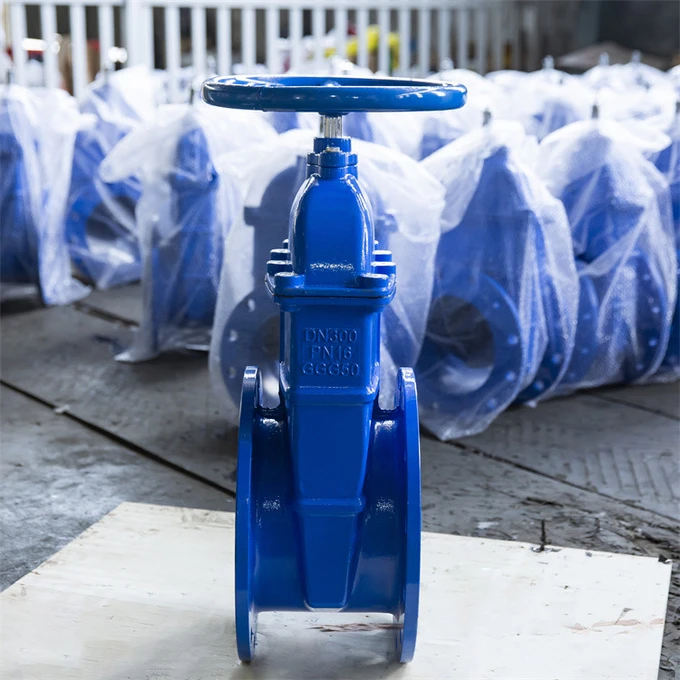des . 16, 2024 00:14 Back to list
Different Variants of Bore Gauges and Their Applications in Precision Measurement
Understanding Types of Bore Gauges A Comprehensive Overview
Bore gauges are essential tools in various manufacturing and mechanical industries, enabling precise measurement of internal diameters in cylindrical workpieces such as pipes, cylinders, and holes. Accurate measurements are crucial for ensuring the proper fit and function of components. This article explores the different types of bore gauges, their features, and applications.
1. Dial Bore Gauges
Dial bore gauges are widely used for measuring the internal diameter of holes. They consist of a dial indicator mounted on a frame that holds the measuring probes. The probes are inserted into the bore, and the dial indicator provides a reading based on the displacement of the probes against the internal surface. One of the main advantages of dial bore gauges is their ease of use and readability, making them suitable for quick checks and adjustments. They typically feature a range of 2 inches to 24 inches or more and can measure with a high degree of accuracy, often down to 0.001 inches.
2
. Electronic Bore GaugesElectronic bore gauges offer a modern solution to internal diameter measurement. Equipped with digital readouts, they provide instant and accurate measurements with a simple push of a button. These gauges use electronic sensors to detect the size of the bore and display the result on a digital screen. Many electronic bore gauges also come with advanced features, such as data logging, Bluetooth connectivity for remote monitoring, and the capability to measure in different units (metric or imperial). Their accuracy is often superior to that of traditional gauges, with some models achieving precision within 0.0001 inches. These characteristics make electronic bore gauges ideal for high-tech industries that require meticulous measurement and quick data processing.
3. Taper Plug Gauges
types of bore gauge

Taper plug gauges are specialized tools used to check the dimensional accuracy of tapered bores. Unlike other bore gauges, which are typically cylindrical, taper plug gauges have a conical shape. The gauge is inserted into the bore and provides a gauge check on the fit. If the plug fits correctly, this indicates that the bore is within specification. Taper plug gauges are crucial for industries where precise tolerances in tapered holes are mandatory, such as in hydraulic cylinders and automotive components.
4. Caliper Bore Gauges
Caliper bore gauges serve a unique dual purpose they can measure both external and internal dimensions. Unlike other bore gauges that primarily focus on cylindrical surfaces, caliper gauges have adjustable arms that can measure the diameter of a bore by extending into the hole and measuring the distance between fixed points. These gauges are versatile and ideal for quick measurements on various workpieces. However, they may not provide the same level of precision for internal measurements as dedicated bore gauges.
5. Ultrasonic Bore Gauges
Ultrasonic bore gauges employ ultrasonic technology to measure the internal dimensions of a bore. They send pulses of ultrasonic waves into the bore and measure the time it takes for the echoes to return. This technology is particularly useful for non-destructive testing in applications where traditional gauges might cause damage or where access is limited. Ultrasonic bore gauges are highly accurate and can measure deep holes or complex geometries that would be challenging for conventional tools.
Conclusion
In conclusion, bore gauges come in various types and styles, each tailored to specific measurement needs and industries. From the straightforward dial bore gauges to the advanced electronic models, each tool provides unique advantages for ensuring the precision of internal diameters. Understanding the differences allows engineers and machinists to select the appropriate gauge for their specific application, leading to improved product quality and performance. As technology advances, we can anticipate further innovations in bore measurement tools, enhancing their accuracy and ease of use, and ultimately contributing to the manufacturing industry's efficiency and productivity.
-
Precision Manufacturing with Advanced Spline Gauge DesignNewsJul.31,2025
-
Industrial-Grade Calibrated Pin Gauges for Exact MeasurementsNewsJul.31,2025
-
Industrial Filtration Systems Depend on Quality Filter DN50 SolutionsNewsJul.31,2025
-
High-Performance Gate Valve WholesaleNewsJul.31,2025
-
Granite Surface Plate The Ultimate Solution for Precision MeasurementNewsJul.31,2025
-
Granite Industrial Tools The Ultimate Guide for Bulk BuyersNewsJul.31,2025
Related PRODUCTS









